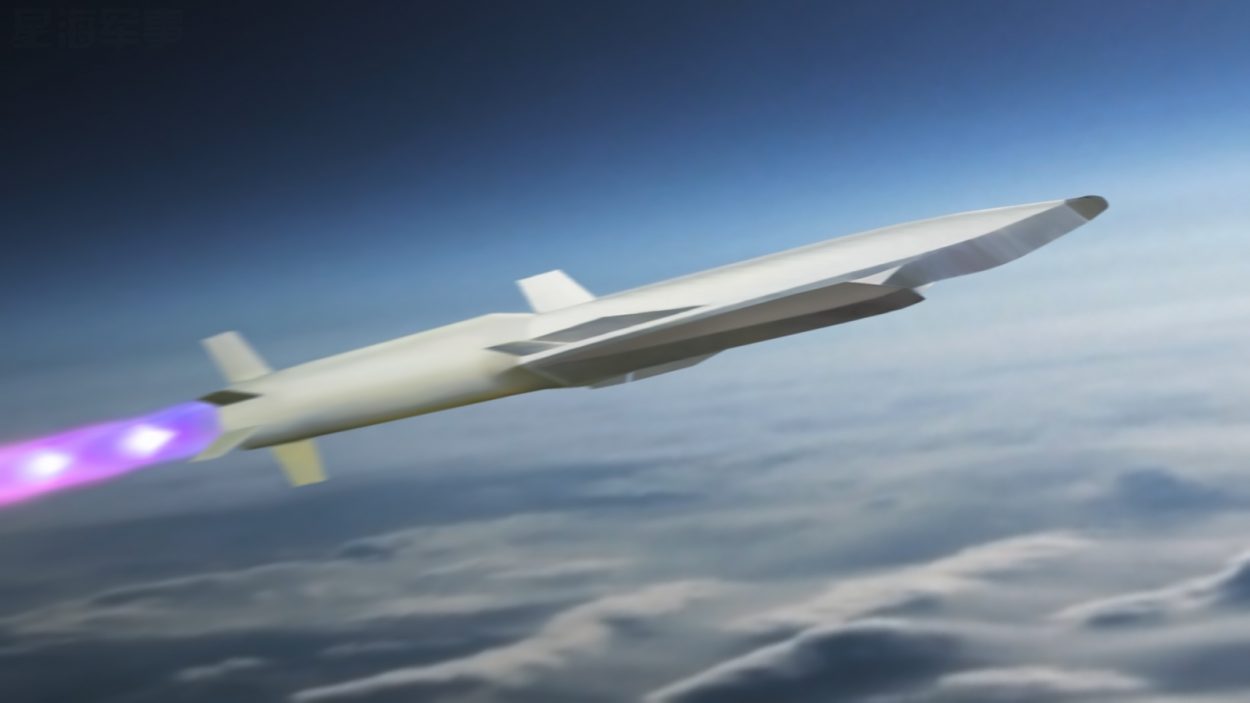While the US struggles to solve the technological and manufacturing obstacles of developing hypersonic weapons, an Australian company, Hypersonix, is working to develop a reusable hypersonic system, which could alleviate America’s concerns.
The company’s hypersonic system is scheduled to be launched in 2023. Interestingly, the firm claimed that the vehicle’s scramjet motor can be 3D printed (additive manufacturing for the purists) in the period of just three weeks.
The first version of the vehicle, known as the DART AE, was subjected to a series of shock tunnel tests at the University of Queensland, as well as extensive modeling.
The company is using an extremely hard alloy known as Inconel to 3D print the scramjet engine with additional exotic coatings for the vehicle’s exposed edges.
The system uses a mechanically simpler hydrogen system for thrust, allowing for variable speed control and a vast range. The DART AE as a whole is envisioned to be totally reusable.

“What this is really about is making the most out of our core technology with fixed geometries and no moving parts. And that compares with other systems out there that have got thousands of moving pieces that are incredibly complex … that complexity causes real reliability issues,” Hypersonix co-founder Dave Waterhouse told Breaking Defense.
“So we can argue performance reliability, but how that translates in terms of manufacturing, we hadn’t really gone into much detail. So to prove we could do this, we actually 3D printed a working scramjet engine,” he added.
The system will be driven by a hydrogen engine. “And because I can turn on and off, I could skip [off the atmosphere]. So, if you can imagine a stone skipping across the waves as kind of what we can do as well. So we turn it on, or we need to turn it on, bounce off the layer of the atmosphere. Turn on again, bounce again. And that means we can get huge distances or very small volumes of fuel. And we’re talking over 1,000 kilometers out of one kilogram,” Waterhouse said.
Moreover, the company claimed that its Scramjet extract oxygen from the atmosphere, reducing weight by 60 percent as compared to rockets. It will be reusable owing to the creation of novel high-temperature composite materials in this project, with zero carbon emissions.
The initiative would also result in the development of a new sovereign manufacturing capability for high-temperature oxide-oxide ceramic matrix composites, the report said.
The Australian government is also contributing to the research of hypersonic systems. The company together with the University of Southern Queensland, LSM Advanced Composites and NSW-based Romar Engineering recently received a $2.95 million Cooperative Research Centres Projects (CRC-P) grant from the Australian Government.

Cooperation With The US?
The United States is struggling with the development of hypersonic weapons. For example, Lockheed Martin’s flagship hypersonic weapon, the Air-Launched Rapid Response Weapon (ARRW), has failed in three consecutive tests.
This means the technology would need to prove itself to execute the Pentagon’s goal of having America’s first combat-ready hypersonic weapon for initial production by September 30.
With the announcement of the Pentagon’s fiscal 2023 budget proposal last week, the risks for Lockheed seemed to have risen even higher, with a US Air Force official claiming the service no longer planned to acquire ARRW in the coming year.
In light of this, the Australian firm is looking at penetrating the US market, with a particular focus on working with the Pentagon.
In January, the business teamed up with Kratos, an American firm that is currently working to integrate and provide what amounts to a sounding rocket for the initial stage of launch.
This raises the system’s speed to Mach 5. Once the hydrogen scramjet integrates, the business claims that the system can reach a top speed of Mach 12 depending on the range.
In February, the company briefed US officials about the system. Senior US defense officials and venture capital investors, according to reports, were “besotted” by Hypersonix’s combination of capabilities.
“They are doing some innovative work, and we continue to work closely with Australia in hypersonics,” a senior Pentagon official familiar with Hypersonix’s work said.
While the technology was designed to be a “green” system for putting satellites into space without emitting CO2, it can also contribute to the research of hypersonic weapon systems. The technology can also be employed as a weapon itself since the system’s speed, when combined with the hypersonic vehicle’s mass, is capable of creating a massive explosive strike.

Australia is aggressively pursuing the development of hypersonic weapons. It’s believed that Australia’s work has already yielded some results: On January 25, Defense Minister Peter Dutton declared a “highly successful defense flight trial” as part of a program to “counter hypersonic threats,” though no further information was provided.
Australia’s defense minister also unveiled the country’s new hypersonics facility. That was yet another step forward for the country’s hypersonic offensive and defensive capabilities.
The potential collaboration with the US would undoubtedly provide a more solid foundation for extensively testing the systems and exploring the possibilities of hypersonic weapons.
- Contact the author at ashishmichel@gmail.com
- Follow EurAsian Times on Google News




